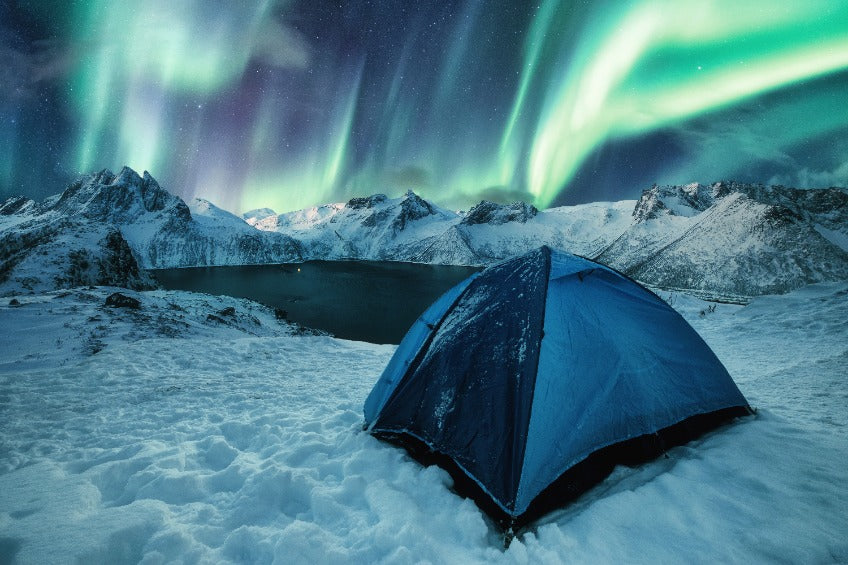Boat & RV Accessories can teach you how to insulate a tent for winter, so that you can enjoy camping whenever you want.
Just because most people take vacations or go on camping expeditions in the summer doesn't mean you have to. While camping in the cold is recommended only for hardier adventurers, the experience can be unforgettable with the right preparations and equipment.
A big part of those preparations involve ensuring you have a warm place to sleep. That means learning how to insulate your tent from the cold. It's important to think about the environment's attack on every side of your tent, from the wind blowing across the top to the cold ground underneath.
A tent for all seasons
If snowbound, backcountry camping is on your mind, you must take the right kind of tent. You want a smaller, four-season tent - the kind you can sit up in, but not stand. The small size will make insulation easier.
Most tents are considered three-season tents. Guess which season isn't included in those? A four-season tent is truly prepared for cold environments with thicker fabrics in the interior, so opt for that. Along those lines, make sure your sleeping bag is similarly rated for cold weather, or add a sleeping bag liner to your current bag.

From the ground up
When pitching your tent, the first thing to consider is the ground. Cover the place your tent will go with a groundsheet of some sort. You want something waterproof, such as a tarp. You can sometimes find custom groundsheets made by the manufacturer of your tent, but we like using a big tarp - it gives us a bit of a welcome mat.
You can also find foam padding for the inside of your tent that gives you insulation on the floor, as well as a bit of protection from protrusions such as rocks. Carpet squares also do this trick pretty well.
Covering up
The outside of the tent can be covered with a thermal blanket, which helps keep warm air from rising right out of your tent. If you have the cargo space, consider toting some towels for covering the roof.
Break that wind
Winter temperatures can be chilling enough by themselves, but when the winds get blowing, they drop even further. You can mitigate this by erecting a tarp over the tent. Pitch it in the direction of the winds, so that they blow right over the tent. Additionally, if there is plenty of snow on the ground, you can build a snow wall around your tent. You should have a camp shovel handy, so use it to move the snow where you need it. If snow isn't as plentiful, focus on the side that faces the winds.
Consider heat generation
Even in the backcountry you can use heat sources. A small tent heater or heat packs can help keep you warm. Make sure to use correctly - don't place heat packs directly on your skin, for instance.
Let us help
Contact our camping experts today. While we focus more on offering appliances, replacement parts and other accessories for boats and RVs, we may be able to help you find equipment that lets you make the most of a winter wonderland.

